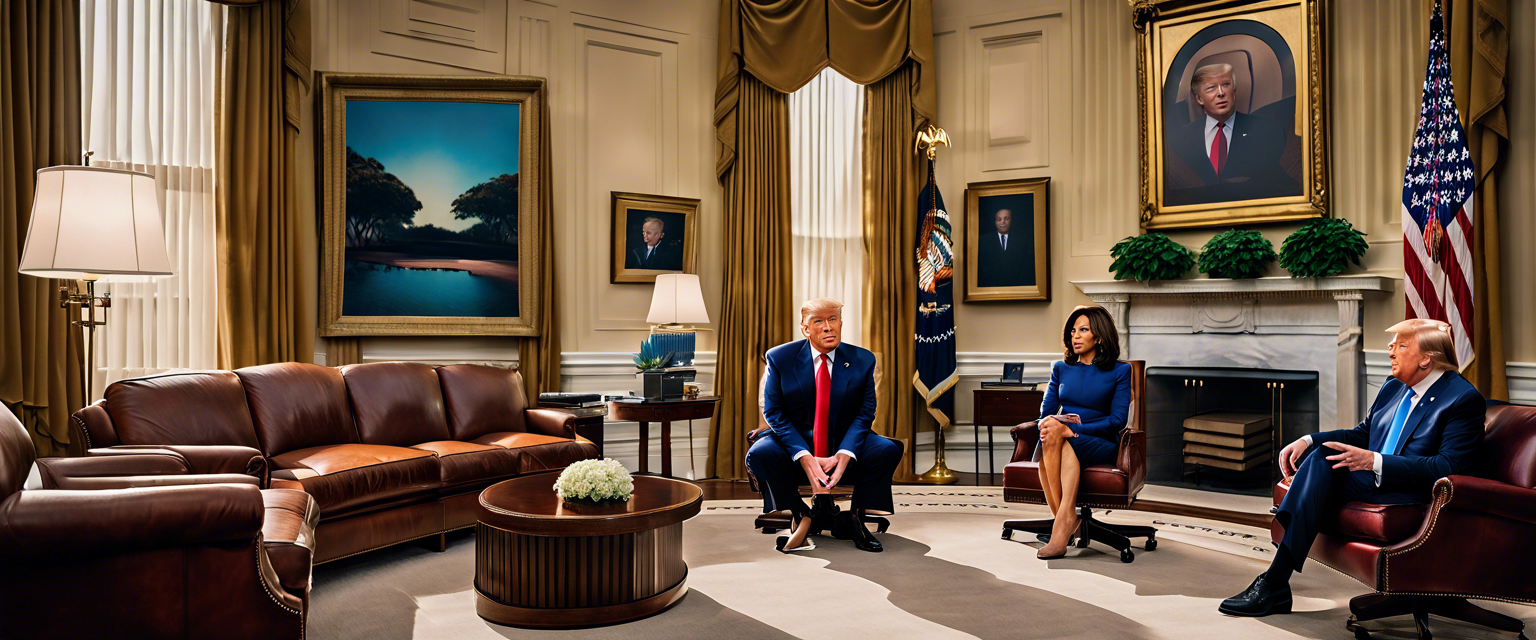The Impact of Auto-Tune on Modern Music
Popular music evolves constantly, but one trend has persisted over the past two decades: the omnipresence of Auto-Tune. This technology, which originated as a simple audio processing tool in the 1990s, has transformed into a near-synonymous term with contemporary music production. With its ability to enhance vocal pitches and create distinctive sounds, Auto-Tune has become an integral part of the music landscape.
From Oil Fields to Music Studios: The Origins of Auto-Tune
The story of Auto-Tune is fascinating. Surprisingly, its roots can be traced back to the oil and gas industry. Originally developed to correct pitch in vocal recordings, Auto-Tune gained traction in the late 1990s when it was popularized by artists like Cher and T-Pain. These artists expertly utilized Auto-Tune to craft their unique sounds, leading to widespread adoption across genres.
The Ubiquity of Auto-Tune
As we mark over 20 years of the Auto-Tune era, its influence is visible across the music industry. Many listeners now recognize when Auto-Tune is absent more than when it is present. It’s crucial to note that the backlash against Auto-Tune is often overstated; what some perceive as deficiencies in artistry can also be seen as innovative adaptations.
Auto-Tune: A Musical Instrument?
Charlie Harding, a music journalist and co-host of the Switched on Pop podcast, argues that Auto-Tune should not merely be viewed as a tool to mask musical imperfections, but rather as an instrument in itself. The digitization of music creation processes allows artists to manipulate their sound with unprecedented precision.
Looking to the Future: The AI Era of Music
As the music industry moves toward an AI-driven future, there are valuable lessons to be learned from the Auto-Tune narrative. Emerging AI tools like Suno and Udio are already shaping how artists create and produce music. While the implications of AI integration raise questions about authenticity and artistry, there remains much to explore regarding its potential.
Distinct Sounds of AI Tools
As these technologies evolve, they offer new avenues for sonic exploration. The search for the next game-changing innovation—akin to how Auto-Tune was received—continues. Artists will likely explore and push boundaries using AI, creating new auditory experiences that fans will both celebrate and critique.
Auto-Tune Playlists: A Blend of the Old and New
For those interested in diving into the sounds shaped by Auto-Tune, Charlie provided suggestions for a playlist that showcases its evolution.
Classic Tracks Before Auto-Tune
- Samples of the rich history of vocal processing before the emergence of Auto-Tune, highlighting the artistry that laid the groundwork for contemporary practices.
Iconic Auto-Tune Hits
- Suggested tracks, including some of the most recognizable and heavily Auto-Tune-influenced songs that have defined popular music over the past two decades.
Conclusion
In summary, the journey of Auto-Tune from its inception in the oil industry to its current status as a cornerstone of modern music production reflects a significant shift in how music is created and consumed. As we embrace the future of music intertwined with AI and digital manipulation, understanding the legacy and utility of Auto-Tune will be crucial for artists and audiences alike.



Dejar un comentario
Todos los comentarios se revisan antes de su publicación.
Este sitio está protegido por hCaptcha y se aplican la Política de privacidad de hCaptcha y los Términos del servicio.